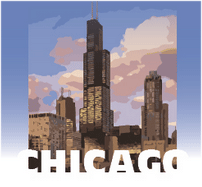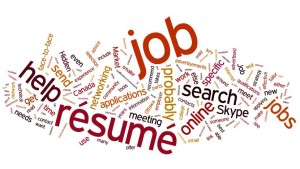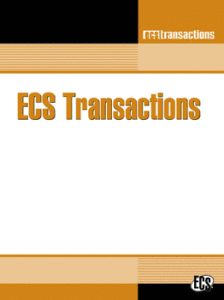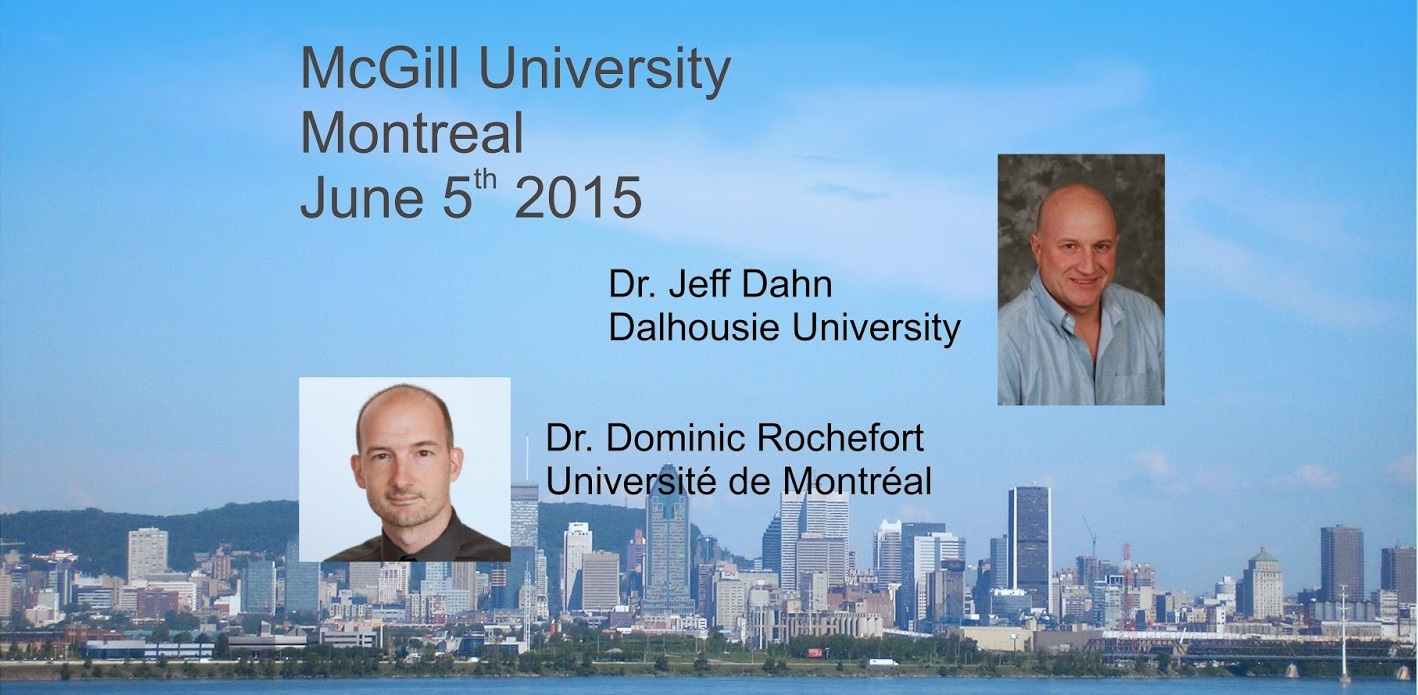
The liquid metal antenna can be tuned to listen to various frequencies by applying electrical voltage.
Image: Jacob Adams/NCSU
The scientific community has been trying to tap into the potential of liquid metals for some time now, but have faced roadblocks in developing something that is highly efficient when paired with electronics. Now, North Carolina State University researchers have successfully designed a liquid metal antenna controlled by only electrical voltage.
The work is relatively simple in theory. A positive voltage applied to a liquid metal will make it expand, whereas the application of a negative voltage will make it contract.
“Our antenna prototype using liquid metal can tune over a range of at least two times greater than systems using electronic switches,” said Jacob Adams, assistant professor in the Department of Electrical and Computer Engineering at NCSU.
(more…)
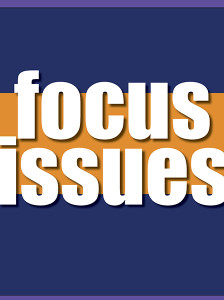 Call for Papers
Call for Papers

